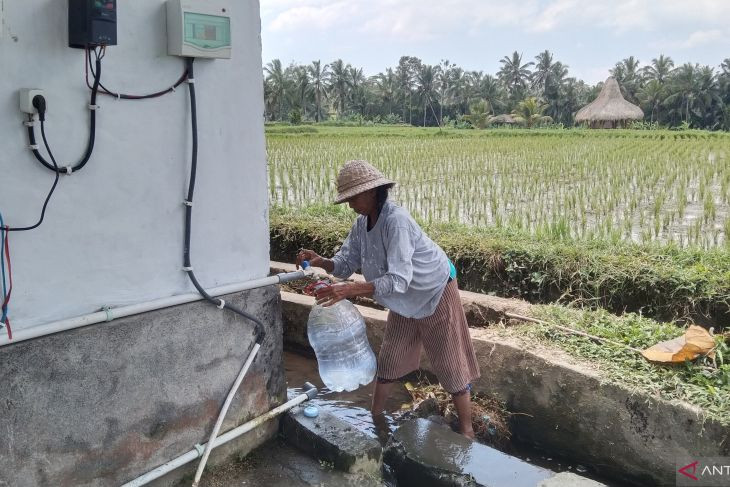Wholehearted P2P lending: No possibility of failures?
Lenders should understand that despite the benefits of a new revenue stream, P2P lending comes with the risk of platform failure.
Change Size
 A hand takes money out of a smartphone symbolizing P2P online lending. (Shutterstock/Zapp2Photo)
A hand takes money out of a smartphone symbolizing P2P online lending. (Shutterstock/Zapp2Photo)
T
he financial technology innovation known as peer-to-peer (P2P) lending allows individuals to circumvent traditional intermediaries and get funds directly from lenders. Scholars of P2P lending believe it could reduce information asymmetry, thus making credit allocation more efficient. P2P lending is also supposed to nurture small businesses by offering a lithe alternative to traditional banking. Effective technical advancement is ingrained in P2P lending operating activities, providing them a benefit over conventional banks where technology is not a primary business competency.
The Indonesian fintech industry has made ever-expanding usage of online lending platforms since the first P2P platform launched in 2016. According to Financial Services Authority (OJK) data, the number of P2P platforms has reached 116, facilitating a cumulative total lending fund of Rp 237.35 billion (US$16.9 billion) as of August, or an increase of 60.4 percent year-to-date (ytd).
To ensure regulatory certainty, the OJK enacted regulations on P2P lending in the very early stages in 2016, and has been supervising the industry along the way. However, the growing popularity of P2P lending unfortunately may have a dark side. The OJK reported that P2P loans that were in default for more than 90 days reached Rp 462 billion owed by as many as 286,227 borrower accounts as of August. This was 5.32 percent more than in July when it amounted to Rp 439.85 billion with 316,137 accounts.
This data show that both sides, lenders and borrowers, must have adequate financial literacy, particularly in the realm of P2P lending. Lenders should understand that despite the benefits of a new revenue stream, P2P lending comes with the risk of platform failure. There is also a risk that investors could lose their life savings if founders liquidate the platform or clear out with their money. Different from banks, P2P platforms do not bear risks through their contractual positions. While banks accumulate risks by recognition on their statement of financial positions, P2P platforms spread the risks to their users.
Borrowers should have the necessary knowledge that although there is a simpler process in getting the online loan proposal assessed and approved, they have to be aware of the interest rate, installment due date as well as all terms and conditions applied for the loan. In parallel to the increased threat to security of information systems, borrowers have to understand that the protection of personal information is central.
It is also essential to be conscious that loans should not be used for consumption purposes, or for repayments of a previous loan that can lead to overindebtedness. To what extent do consumers, without any prior exposure to financial services, gather adequate information to enable informed decision-making, and apprehend the risks related to P2P lending?
At the same time, the authority should not take a light regulatory touch. Such an approach could allow P2P platforms to become a breeding ground for risky lending. In order to anticipate rising P2P lending risks, the authority should also act firmly to ascertain discipline in the P2P lending. Assuming direct participation in industry development plans would be adequate to stimulate development of a robust P2P lending industry. When the authority heightens official scrutiny of P2P platforms, it also has to ensure the process can answer the vital question of what factors lead to P2P failure.


















